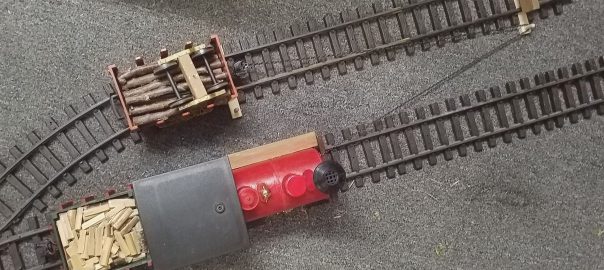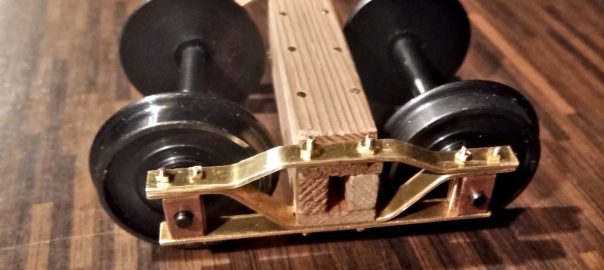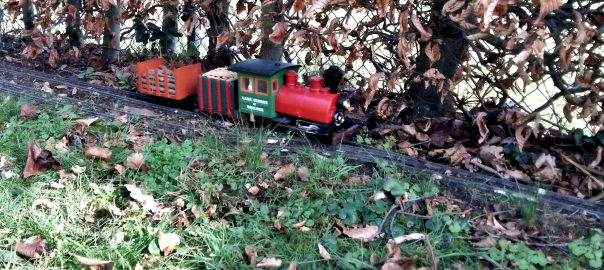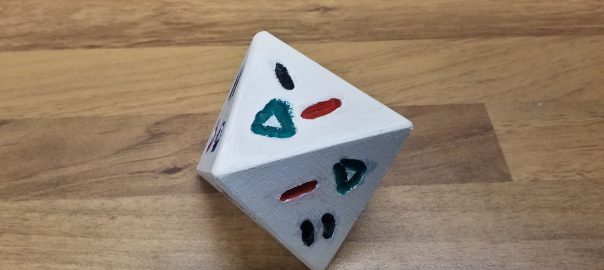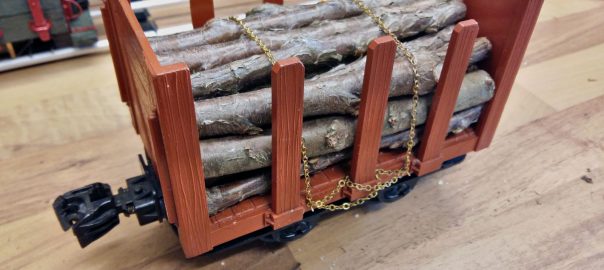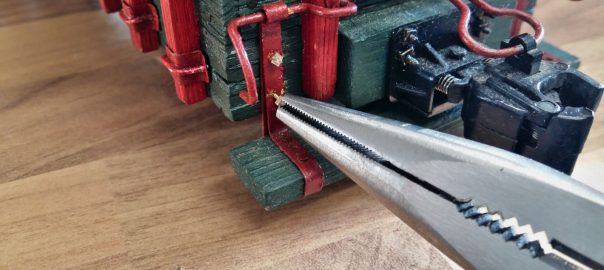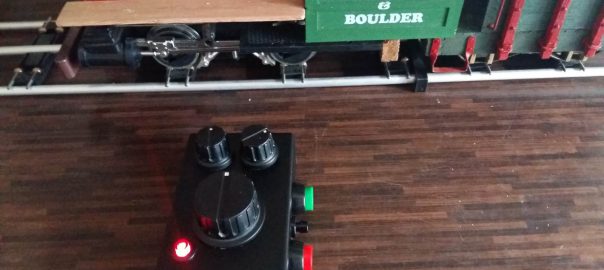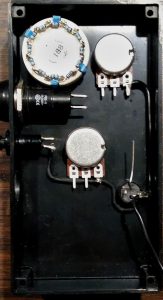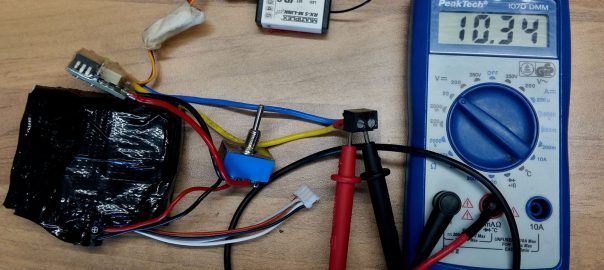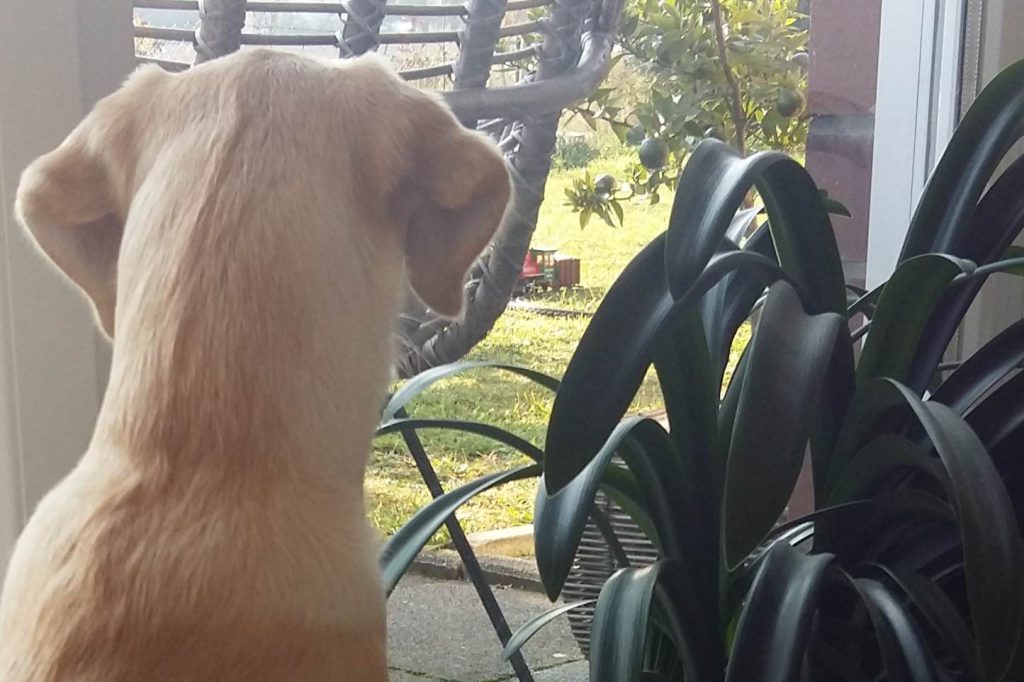It’s Gerd’s fault, again! 😉 Not long ago, he posted a beautiful video on one of his operation sessions in time lapse:
What excited me particularly was the use of a chain for shunting, at 0:38 and 5:18. So when a rainy afternoon forced me to stay in the work shop, I couldn’t resist. Within a few minutes a mini layout was patched together from snap track.
What ensued were three hour’s worth of pure shunting enjoyment. And yet another proof that fantasy and some improvasation can make up for a whole layout.

